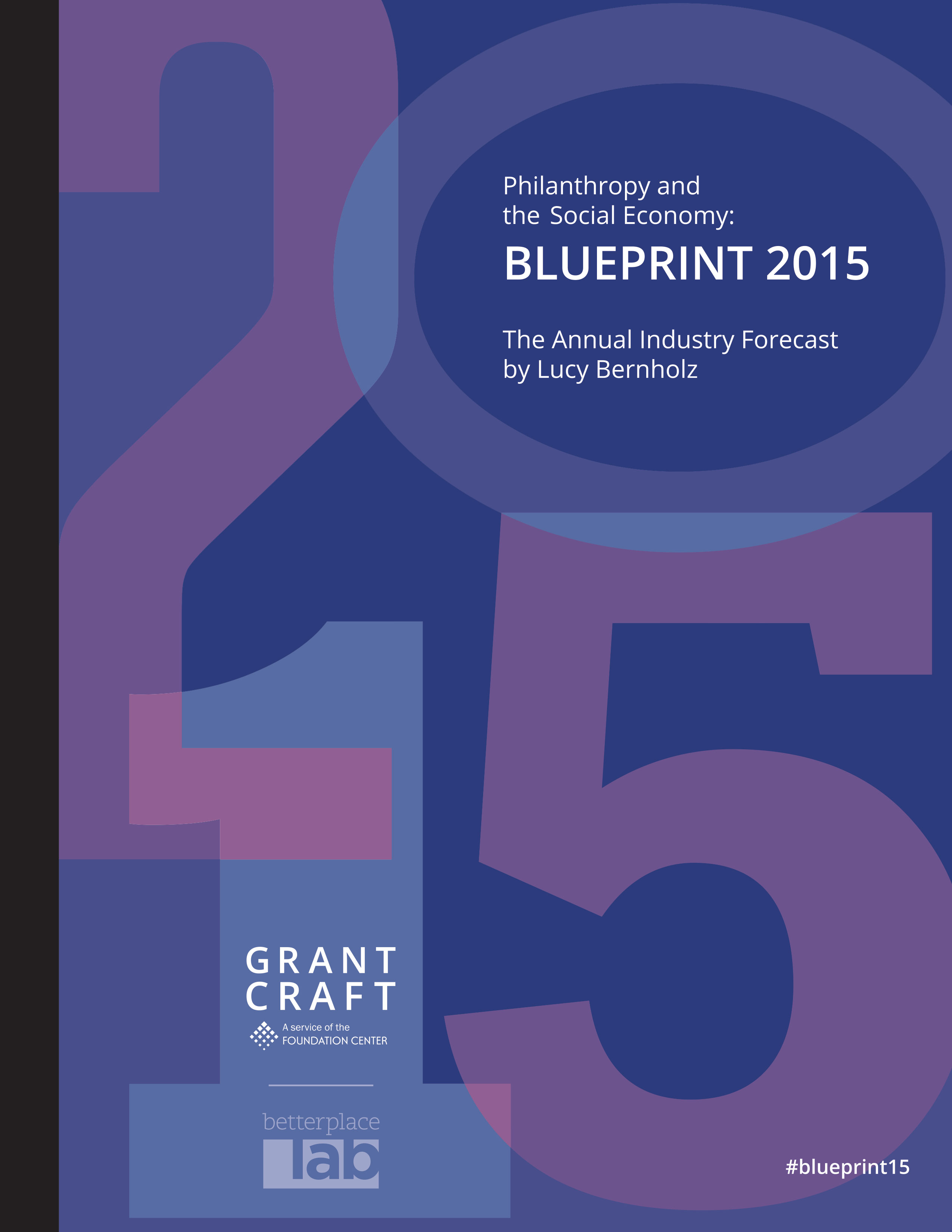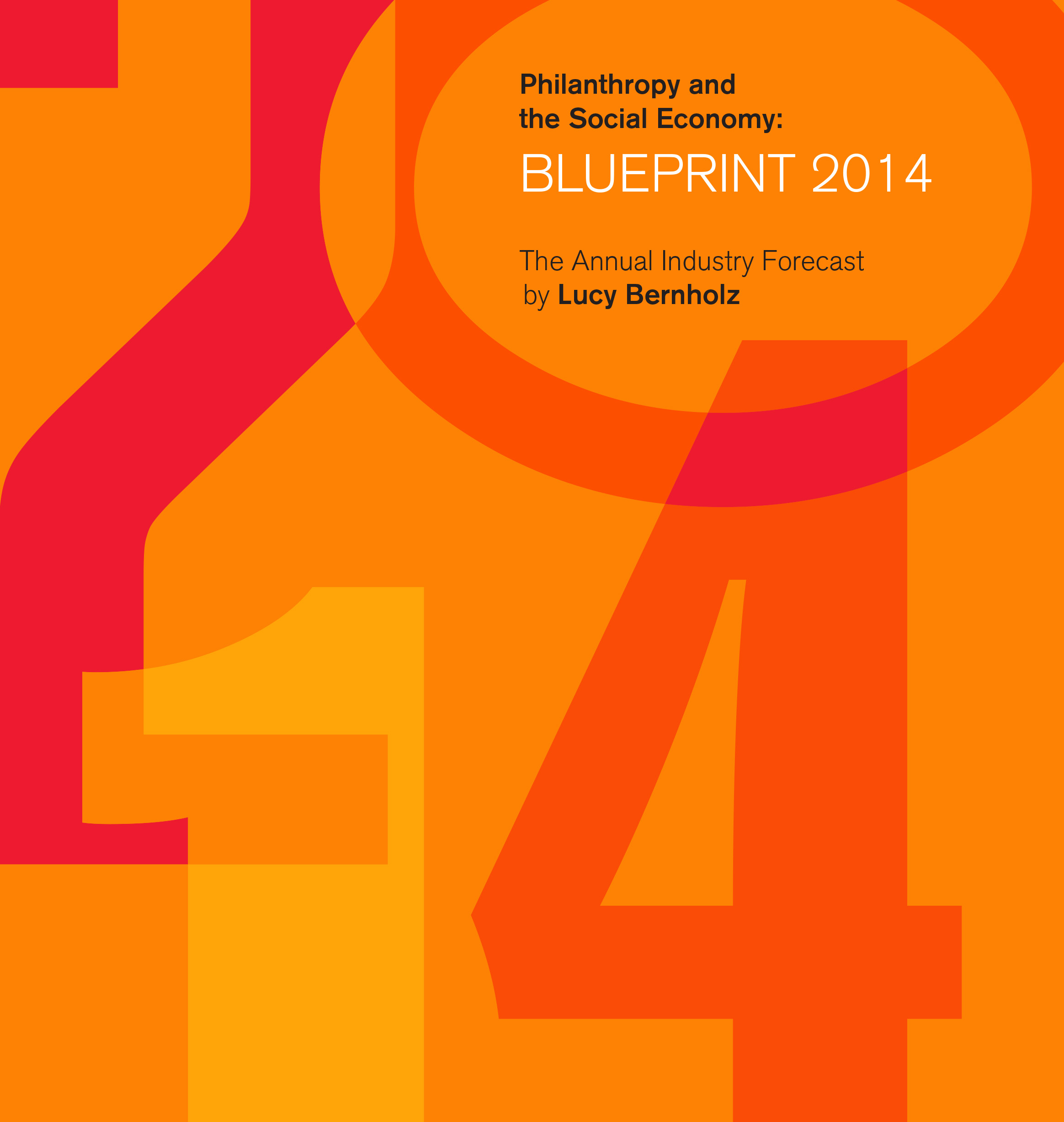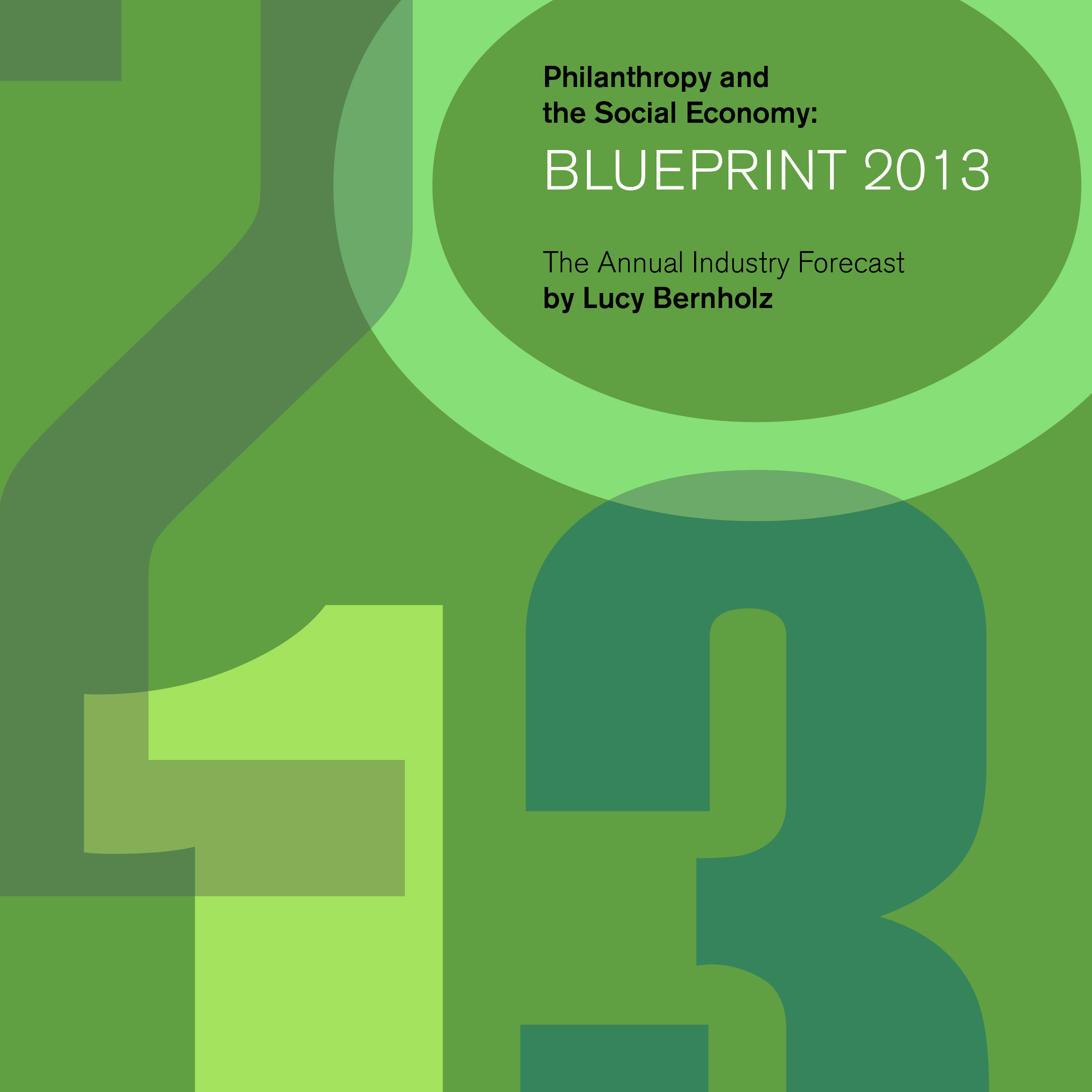Digital Innovation Across Domains Human rights, health, education, and art and expression
Another set of questions centers around whether digital social innovation is moving faster in some domains than others, and if so, why. My research on the ethical uses of digital tools hints that certain domains or areas of work — such as human rights, reproductive rights, and youth outreach — are quite far along in thinking about the nature of privacy and the need for free association in digital spaces.
Human rights. The Martus project of Benetech, for example, is building an “ethical tech stack,” a complete set of digital tools built on defaults that can protect people doing politically and physically dangerous work. Other organizations, such as WITNESS, have been training people to use digital tools to document human rights abuses while walking the tough line between safety and credibility.
Health. Digital innovators, both commercial and nonprofit, have been attracted to this field that is one of the most heavily regulated realms of data. Health innovators might be seen as falling into two categories: those working within existing regulatory structures and those working around them. The fluidity and challenges of this reality came to my attention with Apple’s announcement of its forthcoming watch. As it touted the health benefits of the watch’s data-tracking features, the company also promised that the collected data would only be available to the watch’s owners “and for medical research.” The problem is that medical research is done by individuals and organizations in many sectors and in many countries, each operating under different rules and with different requirements for oversight, including nonprofits, commercial companies, public agencies, and citizen scientists. How much protection is actually provided remains vague enough to have attracted the attention of regulators.
Education. Digital innovators also have set their sights on education in a significant way. One of the year’s biggest nonprofit closures involved three major players: a well-funded nonprofit company focused on school student data, parents strongly pushing back on the use of that data, and a national movement to regulate how student information is collected, protected, and used. Despite the size of the lost investment (at least $100 million), the closure of InBloom is only one step in an evolving dance between digital innovators, policymakers, and the public.
Art and expression. As they so often do in times of change, artists are pushing our thinking about the promise and peril of digital social innovation. When famed painter David Hockney began e-mailing friends small paintings he’d created on an iPad, it immediately raised questions for fans, collectors, and museums: “Which one is the original?” Coming at questions of ownership and identity from a completely different direction, Heather Dewey-Hagborg, a computer scientist and artist, uses “found DNA” to create 3D printed models of people she has never met. Her Stranger Vision project has been featured on television and radio where she’s often interviewed about her art along with genomic, legal, and technology experts. Artists and creators such as Lance Weiler are also bringing public media and public broadcasting together in new ways. Poets also push our thinking about what creativity means in the digital age. As Raphael Rubinstein writes in his “Poem Begun on a Train”:
Excuse me while I adjust the privacy settings on this poem so that if it’s ever published it will exist as a legible text and not as a string of stubborn phrases I silently repeat to myself. Three lines written, not three and a half, yet for the moment no one but me has access to them, as they stretch haltingly across the perfect grid of my Rhodia notebook, unless, that is, Amtrak has installed hidden video cameras above the seat in the coach class of this Northeast Regional and one of them is focused on this very page.
This short excerpt reflects Rubinstein's changing sense of both the creative process and the role of the audience. He’s by no means alone in his observations; his work is published in an anthology given over to the theme, a collection called Privacy Policy: The Anthology of Surveillance Poetics.
As we collect more and more anecdotes across domains, one question to ponder is whether innovation in one domain can inform the others. Are the incentives and barriers to improvement domain-specific or generalizable?



